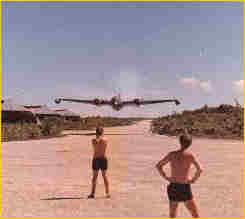|
|
|
Radschool Association Magazine - Vol 39 Page 16 |
|
Privacy Policy | Editorial Policy | Profit Policy | Join the Association | List of Members | Contact us | Index | Links |
|
Back Go to page: 1 2 3 4 5 6 7 8 9 10 11 12 13 14 15 16 17 18 19 20 Forward |
|
|
|
Opinion.
Anyone who has travelled the Federal Highway from Goulburn to Canberra, will know Lake George. Lake George is an Endorheic lake, in that it does not have a draining creek or river. When full, which is not often, its average depth is only about 1 metre. When full it can lap the Federal Highway, but for many years now it has been virtually dry.
The Federal Highway is a pleasant drive, with a section of the road running right beside the lake but it has been spoilt by the addition of heaps of those unsightly wind turbines perched on the hills on the eastern shore. I didn’t count them but there has to be at least 40 of them, and as it was a still day, they were just sitting there doing absolutely nothing.
We do believe that the owners of the land are paid a rental equal to (about) $10,000 per year per machine, so you really can’t blame them for having the things on their land. When they were installed, the country was in the grip of a terrible drought and any income would, in a lot of instances, have been the difference between survival and leaving the land.
But it’s not only alongside Lake George that these things are popping up, they are appearing all over the country – at an alarming rate. The wind industry has a very well-funded propaganda machine and powerful lobbyists and it (the industry) has successfully positioned these huge machines into the public’s psyche as a safe, efficient and non-polluting source of power. The spin is that wind power will provide a clean and free source of electricity that will reduce our dependence on imported fossil fuels and the output of greenhouse gases and other pollution.
However, as Alice found out, everything is not always as it seems.
What the pro wind-farm people don’t tell you is, for every kilowatt of power produced by these machines, there needs to be an equal back up supply. As an example, if an area consumes (say) 100 MW of power a day, and the supply company generates 30% of that need from wind farms, the balance, 70 MW would come from those thermal power stations. But, if the wind doesn’t blow for a few days, as often happens in winter, when power usage is highest, that 30% has to be found from those thermal stations. Conversely, in times of high winds, the turbines must be stopped because they are easily damaged. So the conditions have to be dead right for them to operate efficiently.
And, as you can’t just turn the thermal stations on and off when required, they have to be kept running all the time – just in case.
Another fact the wind farm people don’t mention is that their windmills are actually pretty heavy consumers of power themselves, and unlike coal, oil or gas fired stations, they cannot and do not generate the power they consume, it has to come from the grid. They need power to control:
Denmark (population 5.3 million) has over 6,000 turbines that produced electricity equal to 19% of what the country used in 2002. Yet no conventional power plant has been shut down. Because of the intermittency and variability of the wind, conventional power plants must be kept running at full capacity to meet the actual demand for electricity.
They cost a heap, they are unsightly, they are unreliable and they are the reason your power bill has headed north over the past few years - so what's the point??
We reckon that in a few years, when sanity returns, these wind farms will be a monument to an age when our leaders collectively all went bananas.
That's my opinion - what's yours??
|
The Circle.
The Circle is a Channel 10 show which goes to air from 9.00am to 11.30am weekdays. It is chaired by an air–headed bimbo called Yumi Stynes and some mornings she is (was) accompanied by that old ‘has-been’ George Negas. |
|
After 100 years lying on the sea bed, Irish divers were amazed to find that the Titanic’s swimming pool was still full! |
|
|
|
Anniversary
2012 is the 40th anniversary of RTFV/35 Sqn leaving Vietnam. On the 13 February, 1972, the Squadron stopped flying and started packing and a few days later, on the 19 Feb, under the command of Sqn Ldr Charles Smithies (from Launceston, so obviously a good bloke) the aircraft left for Australia.
This is the story of how they got there.
On 20 July 1964, RAAF Transport Flight Vietnam (RTFV) was formed with members drawn mainly from 38 Squadron at Richmond. The new members of RTFV went to Butteworth and intercepted three brand new Caribou aircraft that were on their planned trip from Canada for normal service in Australia. The new RTFV unit was led by the late Squadron Leader Chris Sugden DFC, a veteran of both the Second World War and Korean War. During a few weeks at Butterworth the team's pilots honed their flying skills and the engineering team prepared the aircraft for war service as best they could with the minimal support available.
On the 8th of August 1964 RTFV, consisting of 33 members, flew the three new Caribous to its operational base at Vung Tau in the Republic of South Vietnam. The weather on that day 40 years ago was dreadful and the aircraft landed in the pouring rain, skirting low monsoonal clouds for their landing on a rough and slippery World War II steel planked runway.
By the end of 1964, the unit strength had grown to 76 members and six aircraft. With the expanding Australian military and RAAF presence associated with the deployment of the 1st Australian Task Force, RTFV became No 35 Squadron on 1 June 1966. John Griffiths was a Sgt radio tech, back row, far right)
The Decision to Commit the RAAF to Vietnam.
Australia's presence in Vietnam was as a result of pressure from the US Government as early as 1962, under the SEATO Agreement, for Australia to contribute military support to help combat the deteriorating situation in South Vietnam. Australia's first contribution was a small team of Army advisers in late 1962. In early 1963 Australia was asked to provide a small number of Dakota aircraft and crews for Vietnam.
At the time the RAAF was in the early stages of a program to replace its Dakota aircraft at 38 Squadron with the De Havilland Canada Caribou and was unable to meet this request from the US. In May 1964, under continuing pressure to provide tactical air transport support and although the new Caribou squadron was still in the very early stages of receiving its aircraft from the factory in Canada and was not expected to be fully operational until January 1965, the RAAF agreed to provide a detachment of six Caribou to go to Vietnam by October 1964.
Moreover, if the need was really urgent that a contribution be made earlier, this timing could be improved by providing three Caribou by late June. For an early deployment mid 1964, the aircraft would have to be completely supported by the United States in Vietnam because none of the RAAF support equipment would be available at that early stage of the Caribou re-equipment program in Australia. On 29 May 1964 Cabinet accepted these levels and forms of assistance, deciding, too, that the aircraft to be sent should be deployed at the earliest date possible.
Departure from Australia and Arrival in Vung Tau.
Late in July 1964, the initial 33 members of RTFV quietly and inconspicuously in civvy clothes left Australia on a British BOAC flight to Singapore, to proceed to RAAF Base Butterworth in Malaysia to intercept three new Caribou aircraft which were originally destined to be there on their delivery flight route from Canada to Australia. They all had "one way tickets" for the jet flight out of Sydney. No one at that stage had any idea of how long they would be away.
Leaving Sydney most of the group looked more like young surfers going away for a holiday than airmen being deployed to war - although some tears from the wives, sweethearts and mates told a different story. On the 8th August 1964 the small unit deployed in its three aircraft to Vung Tau on the Cap St Jacques peninsula, South Vietnam. Vung Tau was chosen as the operating base for the unit because it was the home base of the US Army's Caribou force and it was expected to ease access to spares and maintenance support.
Settling in to Vung Tau.
The US Government was paid to provide accommodation and support for the RAAF air and ground crews but on arrival the RAAF members soon discovered the accommodation provided by the Americans was less than satisfactory. (Click the pic for a bigger view)
The on-base accommodation consisted of open-sided wooden huts next to an open sewer and alongside a generator running continuously day and night. After making the best of it for a couple of weeks, Chris Sugden decided that with undisturbed rest being impossible, they had to move or the unit could not operate effectively. People from the Unit searched what was available in town and thus the Ngoc Huang Motel was found
The rental was initially paid for out of the members' own pockets. As the unit expanded later in 1964 with three more aircraft, the officers moved into the Villa Anna nearby. This new arrangements allowed the Australians to be together and to build up the esprit de corps famous among Australians everywhere, and was one of the major factors behind the unit's ability to generate the extraordinary operational workload which became synonymous with RTFV and its new callsign "Wallaby''.
Operations in Vietnam.
"Wallaby Airlines" (coined by the unit's USAF liaison officer) quickly became known as a can-do operation. The Unit was under the Operational Control of the USAF and the first missions consisted primarily of short-haul resupply tasks from the USAF supply base at Saigon's Tan Son Nhut airport and then supporting Special Forces located at camps next to rough and short airstrips requiring the Caribou's unique capability for short take-off and landing (STOL). The demanding short airstrips were often located in hazardous mountainous terrain near the North Vietnamese border area or in the swampy marshes of the Mekong Delta.
Often in terrible weather, the Australian crews were the only operators able to make it into these makeshift airstrips. This resulted in a high demand for the "Wallabies". Cargo loads often consisted of troops (often with their families), bales of barbed wire, lots of "empty" fuel drums, cattle, pigs and ducks, guns and ammunition, evacuation of battle casualties and, if you were lucky, Bob Hope and the USO entertainment group.
With their very low and slow flying characteristics the Caribous were ideal for unloading this cargo by parachute (including the cows!) or by very short landings in forward areas, frequently with a fighter escort. Demand for rapid tactical support was so critical in the forward areas LAPES (low altitude parachute extraction system) where the Caribou would skim low over a small area in the fort on top of a hill at height of only a couple of feet and drop a 1,000 Kg pallet of ammunition using a small drogue parachute deployed from the aircraft into its slipstream.
The Caribous were the first RAAF unit to be posted to Vietnam and they were the last one to leave. Both the aircraft and the personnel who flew and fixed them performed admirably in what was, at times, very demanding conditions.
|
|
Bike in Tree.
Like a lot of these stories, there is some truth in the story – but only a little bit.
Here’s the real story.
The bike in the tree is on Vashon Island, in Puget Sound, Washington State, USA. It is real, not photo-shopped and is locally famous.
It's still a big mystery how the bike ended up there. It's been there for decades, but!!
Trees do not grow upward from the base of the trunk, they grow from the tips of the topmost branches. Trunks expand outward, not upward, so that if, for example, someone carved a name at eye level on the bark, that name would stay at eye level for the life of the tree. Someone had to have climbed up there on a ladder or something to place the bike there, decades ago, probably in the late 1940's or early 1950's (NOT 1914).
It’s fairly certain it was placed there as a practical joke, possibly a small handful of locals may know its origin--but if so, it's a carefully kept secret.
|
|
Low flying.
The Vintage Wings of America Association has released a booklet with tons of photos (you can see it HERE) of low flying aircraft and on the cover is a familiar photo – one that we had in our magazine some time ago.
The article reads:-
On a particularly hot day, a Royal Australian Air Force English Electric A84 Canberra bomber drops to within 25 feet as thrill-seeking mechanics get ready for the visceral experience of 13,000 lbs of Rolls Royce Avon power, full in the face. RAAF Photo
The photo has appeared lots of times in lots of places and not always as shown here, sometimes it is shown as a mirror image and there are just as many people as there are pics who swear that the pic here is wrong and that it should look like this below.
Luckily, we ran into Peter Franks at the recent 40th anniversary of RTFV-35 Sqn and we asked him – and he should know because he was the driver.
|
|
So, to put the whole thing to rest, Pete says, “After much reflection and contemplation of my (failing?) strong memory, I now believe (contrary to previous overconfident views) that this is the correct and true image – backed up by logical arguments (which I tried valiantly to contradict in an earlier and deluded life!). I have re-thought my recollections of Biak, and its layout, and concluded that this version correctly depicts the orientation of the hangars, the sun (and shadows), the watch on the bloke’s left wrist, the flat sighting plate in the bomb-aimer’s position (where the bomb-sight needed an undistorted field of view) which was right-oriented to align with the access tunnel, the periscope housing which protruded downwards on the right of the pilot for accurate tracking for mapping survey, plus the highly visible helmet on the left in the cockpit.
I have also read quite a lot about how the brain works and how we (all!!) construct, rationalise and re-construct our memories - which helps explain my previous conviction and irrationality-isn’t that a grand rationalisation??!!
The photo above on the left is the correct one, and that’s that.”
So!! - Finis, full stop, rule off, start with a new line.
|
|
Do you have feelings of inadequacy? Do you suffer from shyness? Do you sometimes wish you were more assertive? If you answered yes to any of these questions, ask your doctor or pharmacist about Cabernet Sauvignon.
Cabernet Sauvignon is the safe, natural way to feel better and more confident about yourself and your actions. It can help ease you out of your shyness and let you tell the world that you're ready and willing to do just about anything. You will notice the benefits of Cabernet Sauvignon almost immediately and, with a regimen of regular doses, you can overcome any obstacles that prevents you from living the life you want to live. Shyness and awkwardness will be a thing of the past and you will discover many talents you never knew you had. Stop hiding and start living.
Cabernet Sauvignon may not be right for everyone. Women who are pregnant or nursing should not use it. However, women who wouldn't mind nursing or becoming pregnant are encouraged to try it. Side effects may include: dizziness, nausea, vomiting, incarceration, loss of motor control, loss of clothing, loss of money, loss of virginity, delusions of grandeur, table dancing, headache, dehydration, dry mouth, and a desire to sing Karaoke and play all-night rounds of Strip Poker, Truth Or Dare, and Naked Twister.
WARNINGS:
Now just imagine what you could achieve with a good Shiraz.
|
|
|
|
Back Go to page: 1 2 3 4 5 6 7 8 9 10 11 12 13 14 15 16 17 18 19 20 Forward |



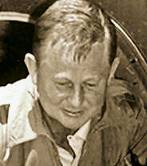
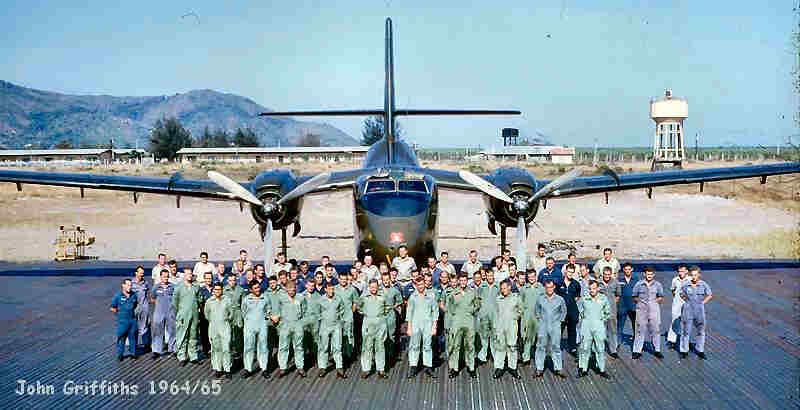
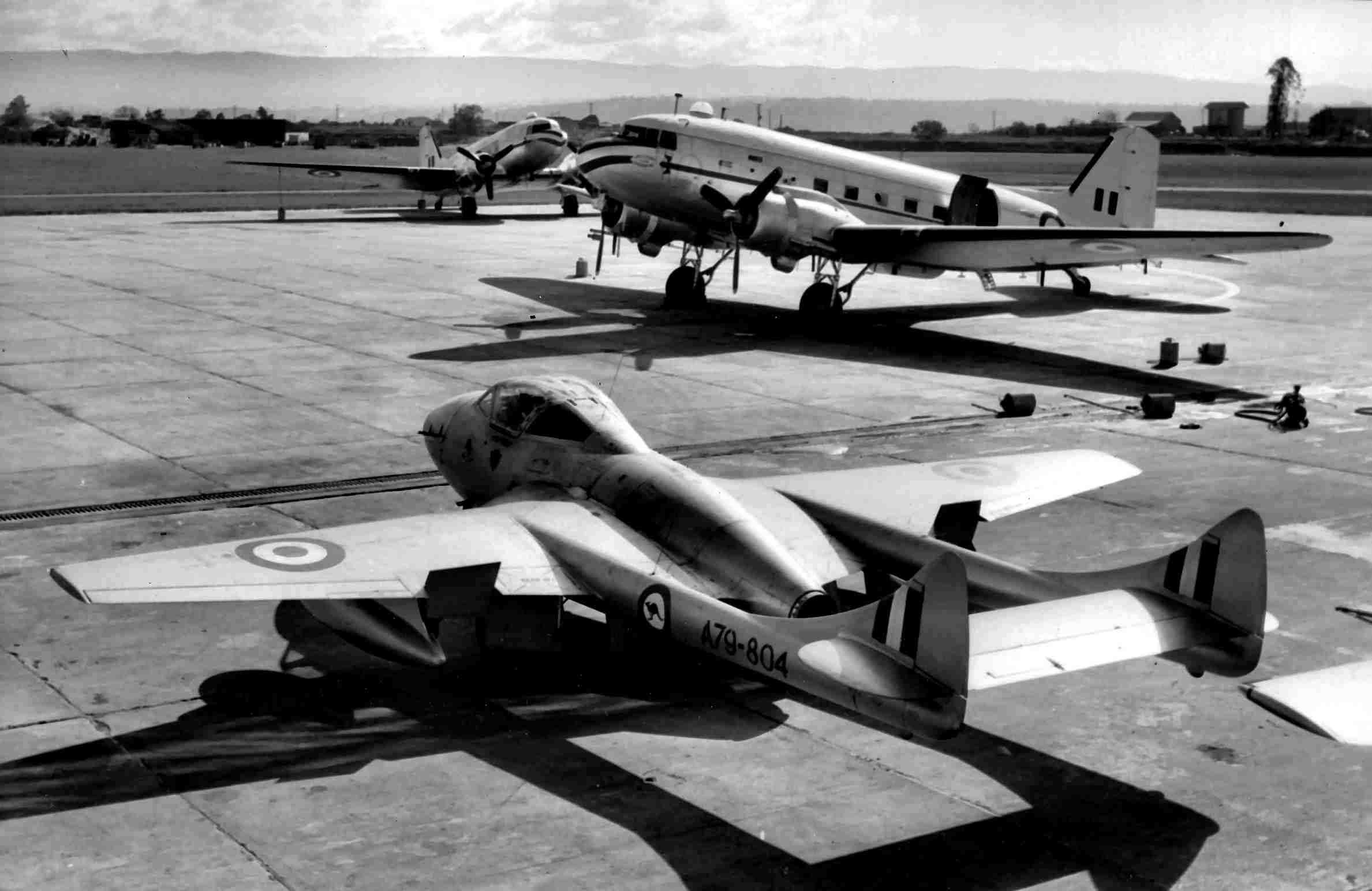
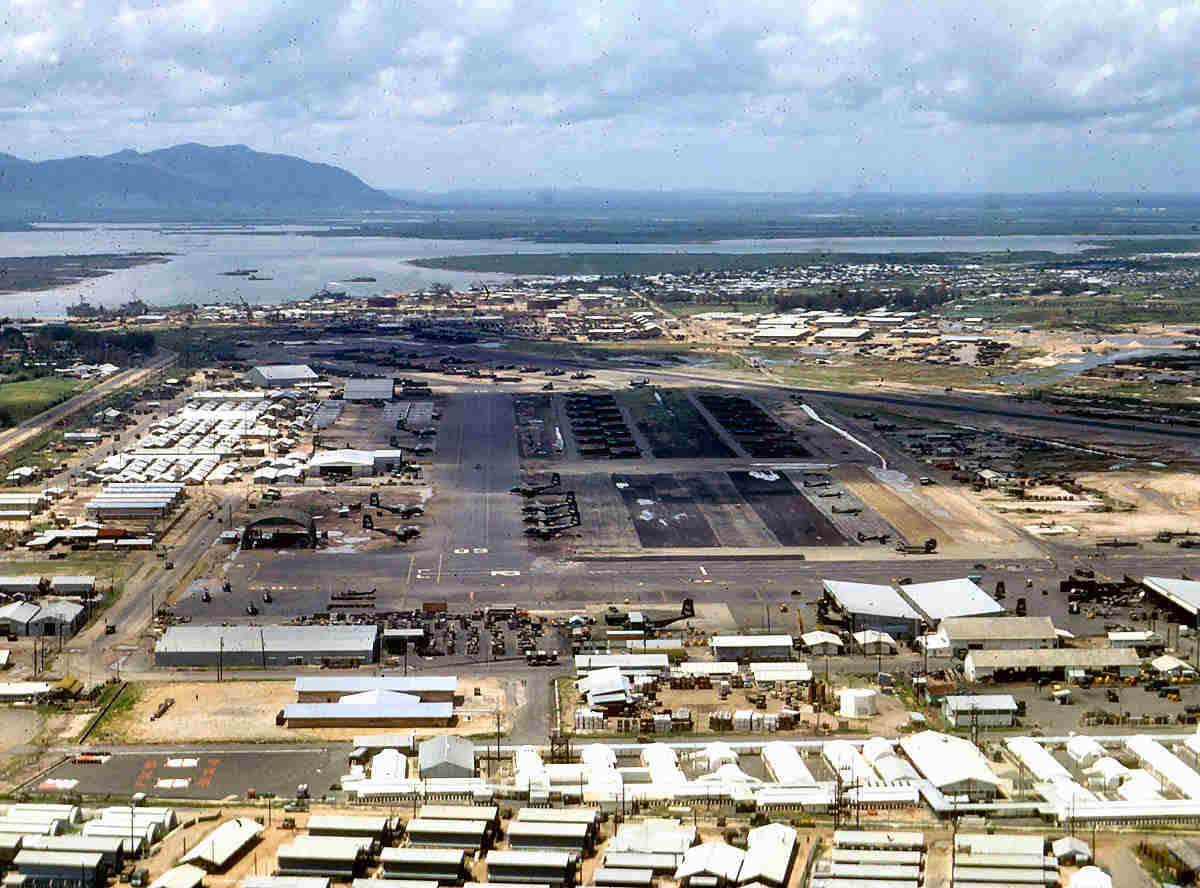
 You’ve
probably been sent this pic, it is doing the rounds of the email
circuit at the moment and is supposed to show a bike stuck in a tree
which was left there by a young bloke who went to WW1 and
unfortunately did not come home. His family are said to have left
the bike there, and it is supposed to be still there today.
You’ve
probably been sent this pic, it is doing the rounds of the email
circuit at the moment and is supposed to show a bike stuck in a tree
which was left there by a young bloke who went to WW1 and
unfortunately did not come home. His family are said to have left
the bike there, and it is supposed to be still there today.
